
Every cook knows the thrill of creating something new and astonishingly tasty, whether it’s a deeply wrong recipe or a combination of random ingredients in the fridge. Sadly, many people are unaware that some of the world’s most loved foods were created as a result of mistakes-as well as neglect, apathy, and laziness.
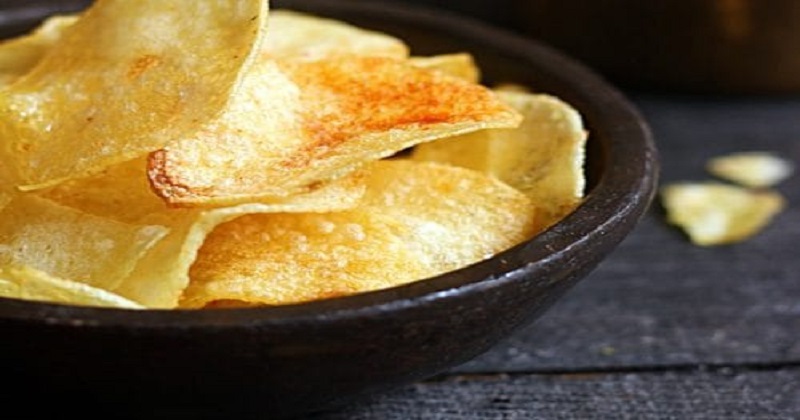
Potato chips
In 1853, a chef at the Moon’s Lake House in New York named George Crum became irritated by a customer who complained repeatedly about the thickness of his french fries. Crum pettily sliced the potatoes as thin as possible, then fried, salted, and served them. His spitefulness led to a snack that is a global favorite.

Ice cream cones
A vendor of ice cream ran out of dishes at the 1904 St. Louis World’s Fair. Ernest A. Hamwi, a neighboring vendor, sold waffle-like pastries (called zalabis). The pastries were rolled into cones so Hamwi could hold his neighbor’s ice cream inside. This created the first waffle cone.
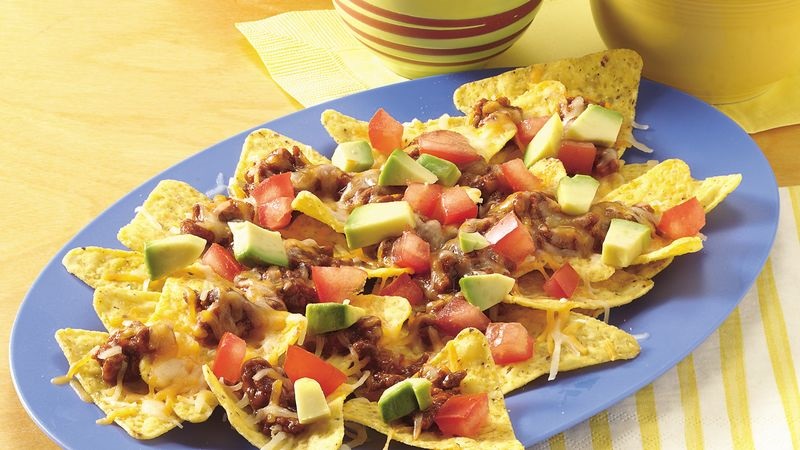
Nachos
In 1943, Ignacio ‘Nacho’ Anaya was a waiter at a Mexican restaurant when a group of hungry women walked in. Since Anaya was unable to locate the chef, he had to improvise. He covered a plate of tostadas with grated cheese, passed it through a broiler, and topped it off with jalapenos. The dish became known as ‘Nacho’s especiale’ when he opened his own restaurant.
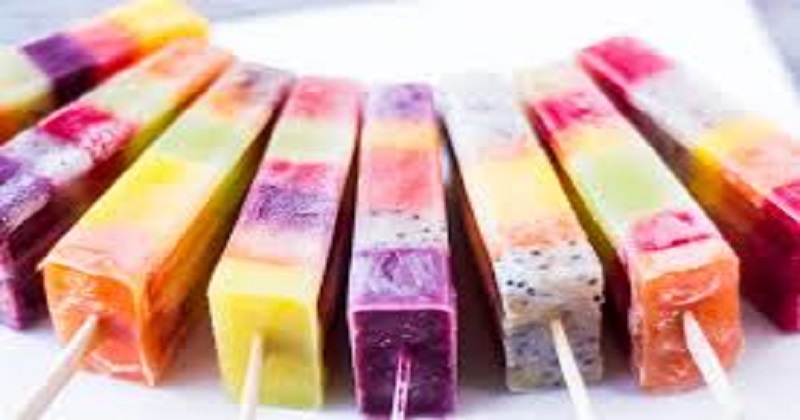
Popsicles
11-year-old Frank Epperson played with a mixture of water and powdered soda mix on his porch in 1905 and left the mixture outside overnight. In the morning, after finding the stirring stick frozen upright, he applied for a patent, which he initially dubbed ‘Epsicle’. However, his kids preferred ‘Pop’s ‘sicle,’ so he changed the name to what we know today.

Nashville hot chicken
Nashville’s famous spicy take on fried chicken has its roots in red hot revenge. The restaurant’s lore traces the recipe back to Thornton Prince, an infamous womanizer during the 1930s, whose girlfriend wanted to teach him a lesson. One night, she prepared his favorite chicken dish with fiery spices, but her plan backfired. In fact, he began selling it at his restaurant because he liked it so much.

Tofu
According to one origin story, long ago in China, boiled and ground soybeans accidentally mixed with impure sea salt (containing calcium and magnesium salts), causing the soybeans to gel. In another Chinese legend, a cook dropped nigari (a natural coagulant) into a pot of soybean milk, causing it to curdle, resulting in tofu.
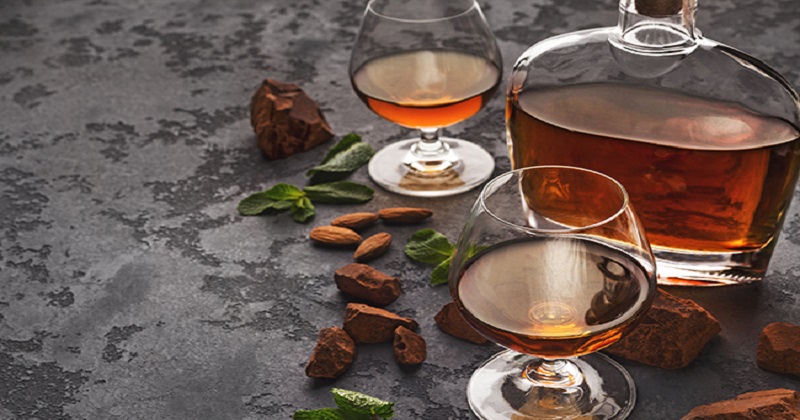
Brandy
During the 17th century, Dutch vintners would boil their wine to reduce its volume for transport, then cut it with water when they were ready to drink it. However, they didn’t realize that by transporting the concentrated mixture in wooden casks, the fortified wine would be transformed into something very different: brandy.

Chocolate chip cookies
The co-owner of Toll House Inn, Ruth Wakefield, realized one day in 1930 that she had no more baking chocolate when she was baking cookies. In her hopes that it would melt, she mashed up a bar of semi-sweet chocolate and added it to the batter. Chocolate doesn’t melt, as we all know. Cookie chunks embedded in chocolate changed the game of milk forever.
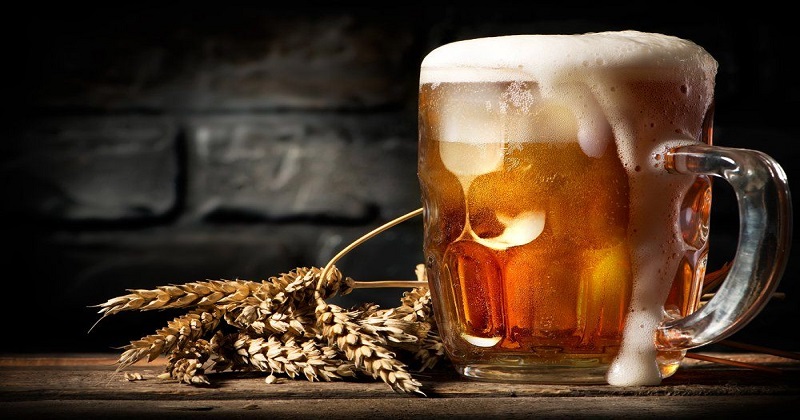
Beer
Mesopotamia made bread thousands of years ago, and some of the dough got wet and forgotten about for a long time. When they returned to it, they found a fermented liquid. A toast should be raised to that brave Mesopotamian who tried the strange liquid for the first time.

Sandwich
In the 1700s, John Montagu, Earl of Sandwich, is said to have invented the sandwich. According to some, Montagu could not leave an intense gambling game, so he requested to have meat between two slices of bread brought to him. Others believe he ate utensil-free because he worked long hours at his desk. Montagu’s refusal to leave the table resulted in one of culinary history’s most significant achievements.

Champagne
In the 15th century, people had a problem with sparkling wine. Because of the climate in Champagne, France, winemaking was difficult as the fermentation process would stop in the winter and restart in the spring, causing an excess of carbon dioxide in the bottles, even causing some to explode. In 1883, Dom Pérignon was tasked with trying to stop the second round of fermentation. When he couldn’t, he tasted the sparkling drink and famously said, ‘Come quickly, I am drinking the stars!’
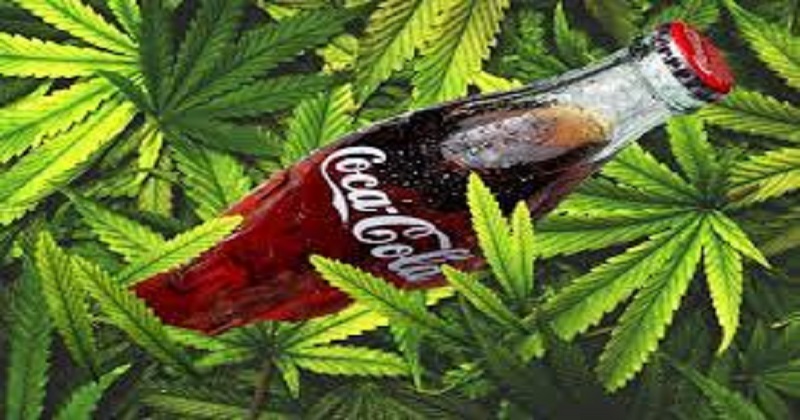
Coke
Creating a drink that would stave off his addiction to morphine was a goal of wounded veteran John Pemberton. Using caffeine-rich kola nuts and small amounts of cocaine, he formulated a tonic. According to reports, Atlanta pharmacist Asa Candler bought the original Coca-Cola formula from Pemberton for just US$2,300 in 1887. Coca-Cola became one of America’s most popular fountain drinks by the late 1890s. In 1903, the cocaine was removed.

Corn flakes
In 1898, brothers W.K. Kellogg and Dr. John Harvey Kellogg were working in a sanitarium in Michigan. While trying to prepare healthy food for their patients, they left wheat berries cooking in the kitchen, resulting in flaky kernels. As they experimented with their newly discovered food, they eventually created the cereal we know and love today by using corn.

Post Your Comments